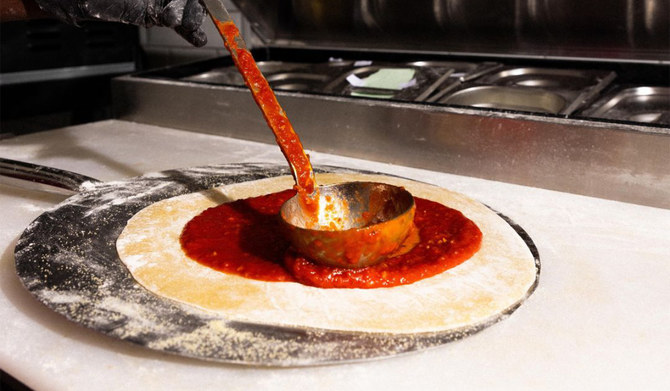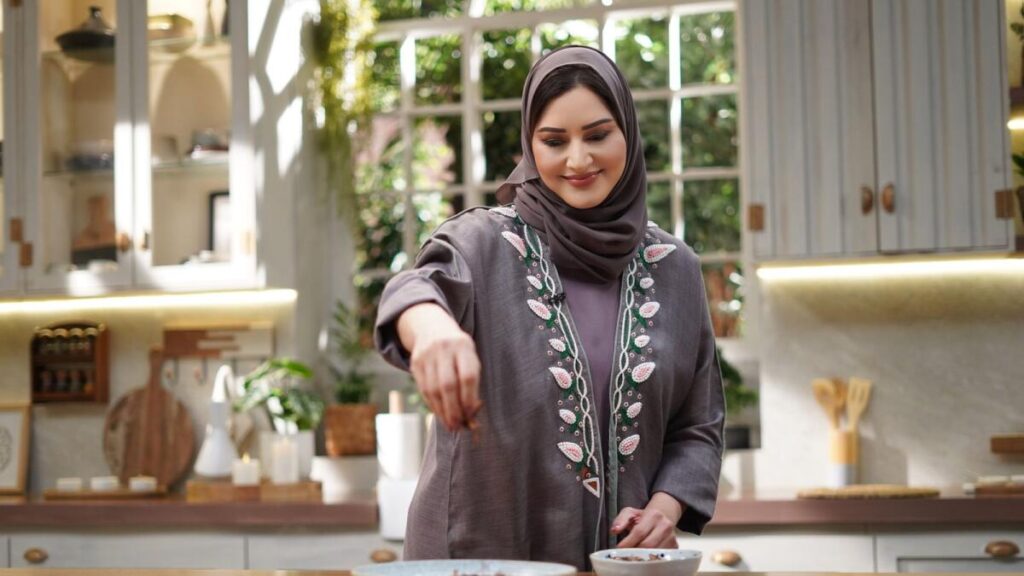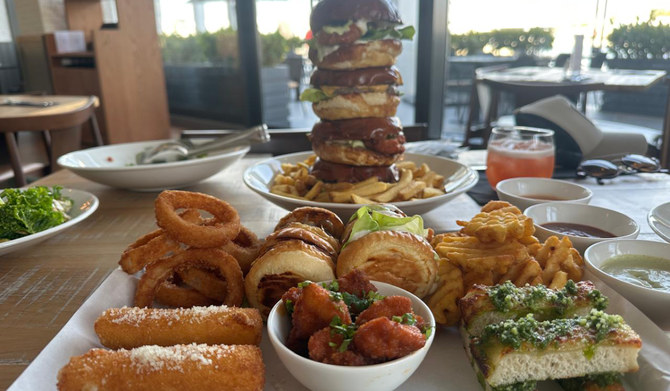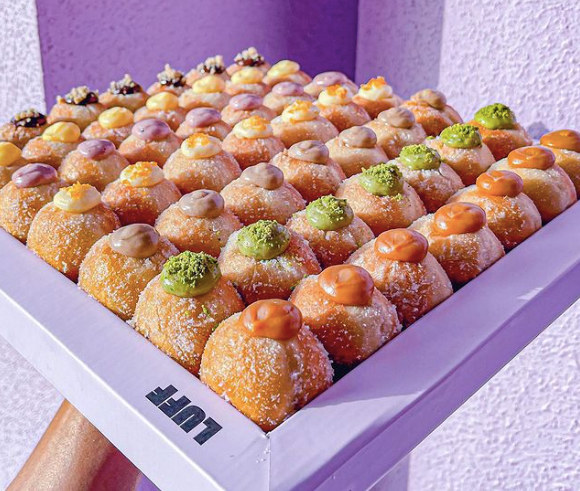
Web Desk
Recipes for Ramadan started in response to the first Covid-19 lockdown in 2020. It shares recipes and family stories reaching back into the history of Australian Muslim families, to share the sort of conversations you might have if you were invited to iftar.
These recipes and stories celebrate diverse cultures and heritage and dip into complex histories which inevitably feed into our shared Australian story.
Iftar is the name given to the breaking of the daily fast when Muslims around the world reach for a date … or three, following the example of the prophet Muhammad who broke his fasts with three ripe dates and water before prayer.
Ramadan 2023 starts when the new moon is sighted over Mecca. The first day’s fast is expected to be this Thursday 23 March. It ends 30 days later, followed by three celebratory days of Eid al-Fitr.
This year’s series starts with a traditional Egyptian breakfast, ful medames.
Ramadan Mubarak.
– Jane Jeffes, founder-producer, Recipes for Ramadan
Taysir Ghazi’s story
My family and I are from Cairo and I spent much of my childhood and teens there. Dad used to work in Sudan, so sometimes we went to schools in Sudan and sometimes in Egypt. It was peaceful in Sudan then, but so hot.
I was in the middle of my year 12 exams in Cairo when the six-day war between Egypt and Israel began. The exams had to be suspended. It was a terrible time for us. We lived on the outskirts of Cairo which was very close to where the bombs were falling and so we had to pack our bags and walk further into Cairo where it was safer. No cars would stop for us, not even taxis. Everyone was fleeing.

When I finally finished year 12, my parents and some of my siblings went back to Sudan. I had the option of going to Cairo University or to a campus in Khartoum. My older sister was already studying there so I decided to go to uni there too. I studied commerce, specialising in management.
I met my husband through extended family but because there is a seven-year age gap between us, I never met him growing up. You could say it was an introduced marriage rather than an arranged marriage, and 53 years later we are still happily married with children and grandchildren.
Maybe having been at an international school and having moved between Cairo and Khartoum helped, but making friends in Australia was not hard. My husband introduced me to the friends he made when he arrived, and I made more playing tennis. When I started work, I made friends there too. I started in a Redfern office as a typist. It was disappointing that I wasn’t able to use my qualifications but after that, I got a job in accounting which was something I had studied in my degree.
Perhaps inevitably, my husband and I found ourselves gravitating towards Egyptian people here in Australia. We are still in touch with the friends we made in 1971. I suppose these friends remind us of our roots and give us a link back to our families and where we grew up.

Ful medames is a quintessential Egyptian street food and a comfort food. There are three main versions: lemon and garlic, tomato and onion and one with tahini. It is Egypt’s national dish and a very popular food among all classes. It is eaten daily at breakfast but in Ramadan it is eaten at suhoor, the meal before the dawn prayer which has to sustain us throughout the fasting day.
One of my favourite childhood memories is the ful seller coming to our street in the early morning and in Ramadan ahead of sunrise. He would have a huge pot (called a fawala) of cooked beans and everyone would come with their own plates and dishes or pots and pans and buy them from him. We would then take them home and finish the dish by adding a tomato and onion base, cumin, salt and pepper, chilli or lots of olive oil, garlic and lemon or a few good dollops of tahini. I also like it with fresh cucumber and chilli flakes and find it’s fun to experiment. Our family favourite is with tomatoes and chilli flakes.
Egyptians use lots of tomatoes – I think it is something about the soil. Ful really tastes wonderful there. It is usually eaten with Egyptian flatbread (Lebanese bread is similar and easier to buy in Australia) and sides like pickles, fried eggplant or falafel. Feel free to use your imagination and try your own combinations.
My mother always estimated the amount of ingredients by eye and taste but before I moved to Australia, I asked her to write everything down for me. I now cook by eye and taste too. During Ramadan, it’s permitted to dab your tongue to get an idea of the seasoning which is what most restaurant chefs do, but you can’t taste what you are cooking, so your eyes and instincts are more important.
Taysir Ghazi’s ful medames four ways

Prep 15 minutes, plus overnight soaking
Cooking 1 hour
900g dried fava beans or broad beans (or 2 x 450g tins fava beans, drained and rinsed well)
2 tbsp red lentils
2 garlic cloves, crushed
1 tbsp ground cumin
¼ cup olive oil
1 tbsp lemon juice
1 tomato, diced
Chopped onions, sautéed (optional)
Tahini, to serve
Lebanese cucumber, finely diced
Chilli flakes, to serve
Pita bread, chopped tomato, chopped parsley, tahini and olive oil (extra), to serve
If using dried fava beans, rinse the beans and lentils under cold running water, then place in a large saucepan. Cover with fresh cold water, put the saucepan lid on and soak for a few hours or overnight.
Drain the fava beans and lentils. Put them back in the saucepan and cover with fresh water. (If using tinned beans, place them, along with the lentils, in the saucepan and cover with water.) Bring to the boil then simmer on low heat for four to five hours (if using tinned beans, they will only need to simmer for one hour). Top with fresh water as needed to keep the beans covered. The beans are ready when they are tender.
Drain the bean mixture. At this stage, you can leave the beans whole, or mash them, blend them or crush them with your hands.
To serve, divide the bean mixture into four serving bowls, and season. In the first bowl, add the garlic, cumin, olive oil and lemon juice; in the second, add the tomato and cooked onions (if using); add a good dollop of tahini to the third; and cucumber and chilli flakes to the fourth.
Courtesy: theguardian








